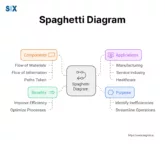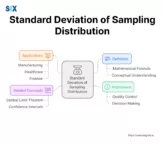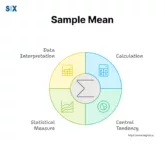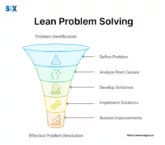Design for Manufacturing (DFM): A Guide to Optimizing Product Development
The difference between success and failure often hinges on decisions made long before a product reaches the assembly line. Enter Design for Manufacturing (DFM), a revolutionary approach that’s transforming how we conceptualize, develop, and produce goods across industries. But what exactly is DFM, and why has it become the cornerstone of modern manufacturing excellence? Design […]


























